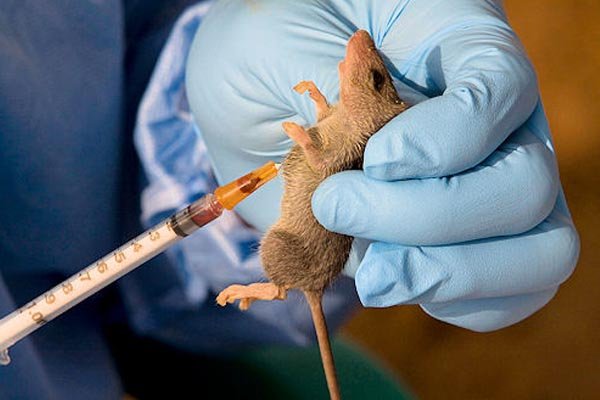Korede Abdullah in Lagos
Lassa fever has claimed 118 lives in Nigeria within the first three months of the year, according to the country’s Centre for Disease Control and Prevention (NCDC).
The virus, primarily spread by rodents, was first identified in 1969 in Borno State and has since remained a persistent public health threat, particularly in rural areas where food is often stored and handled in unsanitary conditions.
Despite years of public health campaigns, many impoverished rural communities continue to struggle with maintaining proper hygiene, allowing rodents to access homes, food, and utensils.
This has contributed to the recurring outbreaks and high mortality rates associated with the disease. Experts emphasize that improved sanitation and rodent control are critical to reducing transmission.
Additionally, treatment centres face staffing shortages, making it difficult to provide adequate care. Many infected individuals also delay seeking medical help, opting for self-medication and ineffective alternative treatments, which worsens their condition.
Experts say addressing these challenges requires a combination of improved healthcare infrastructure, community education, and better disease surveillance.



